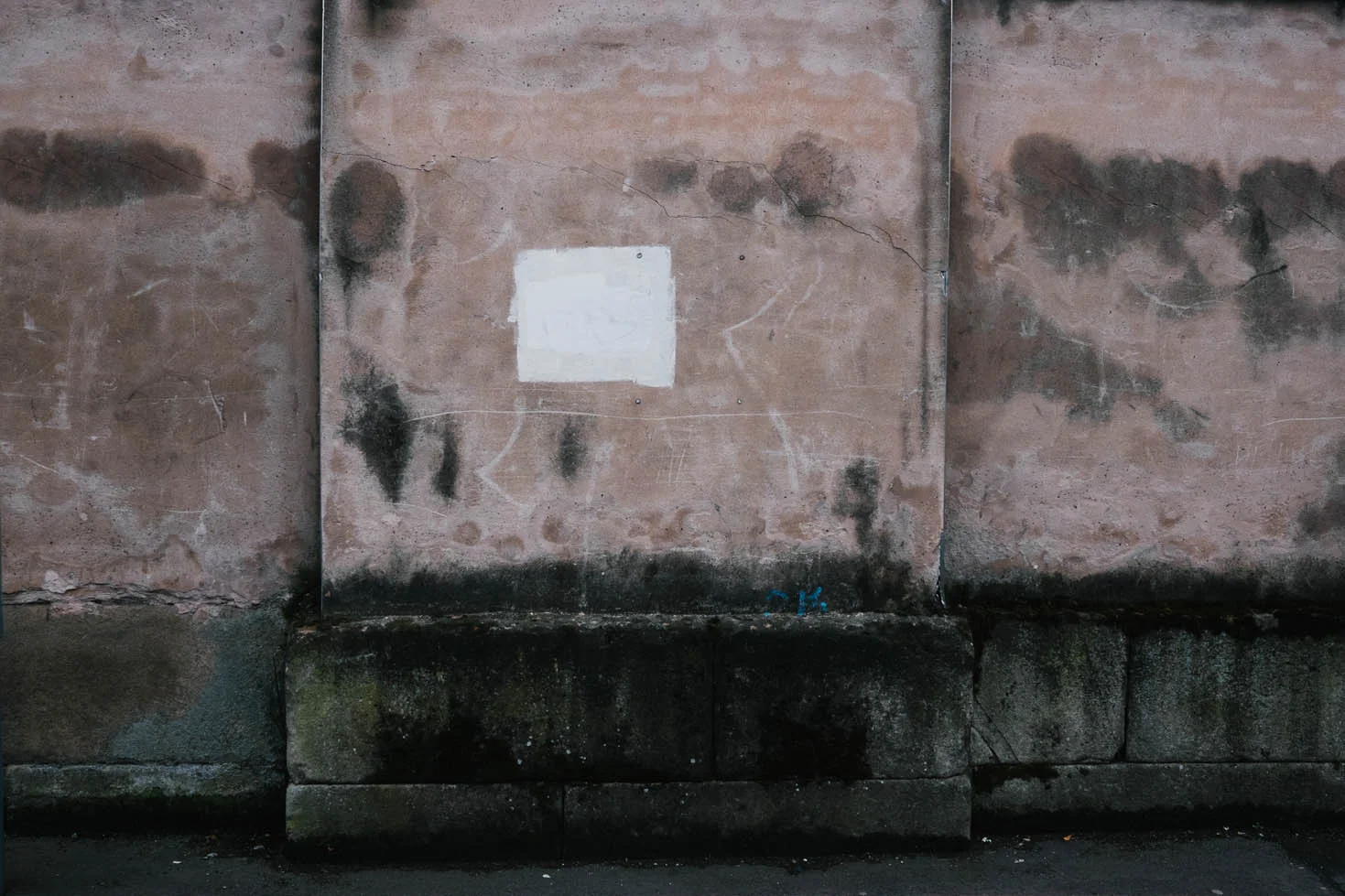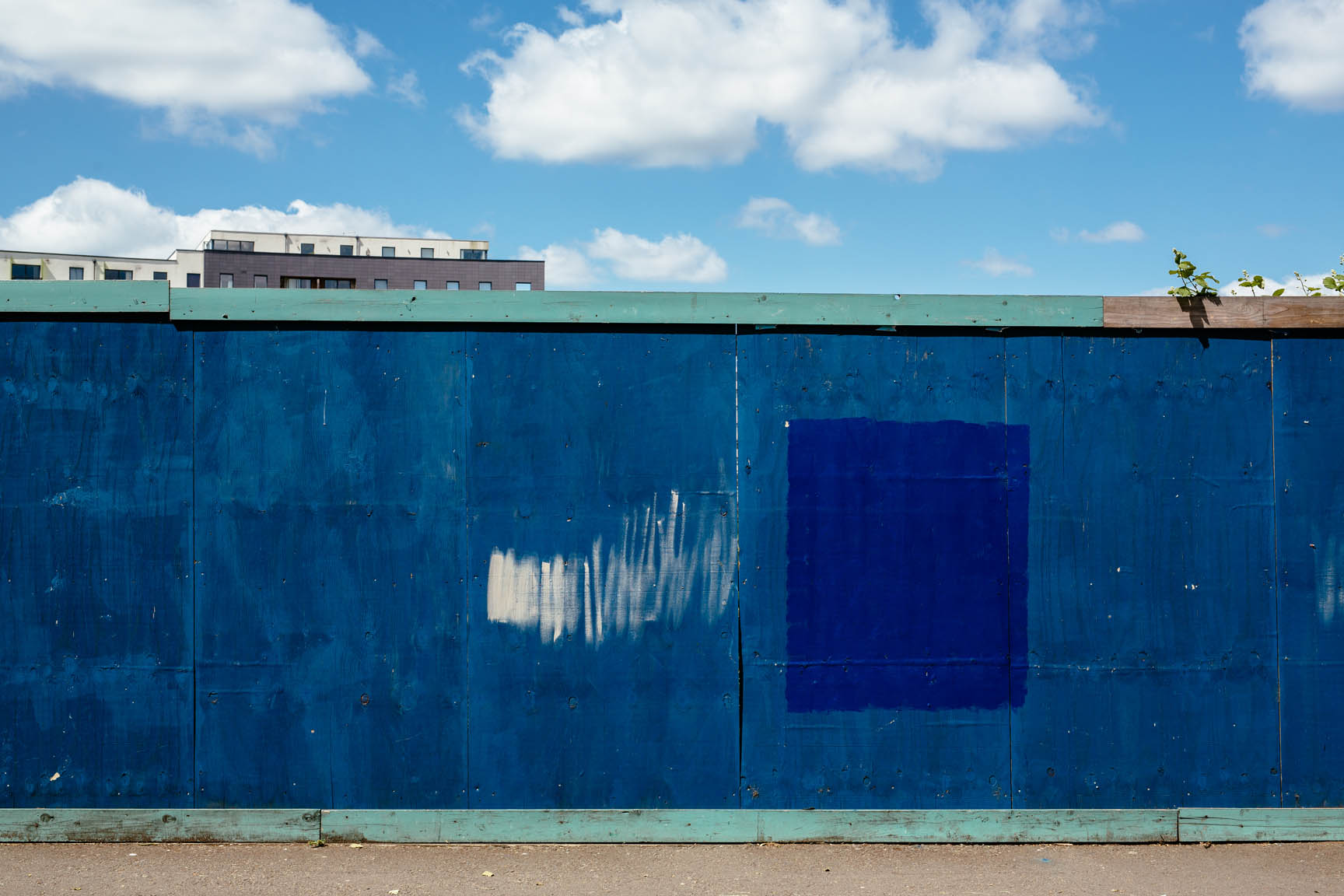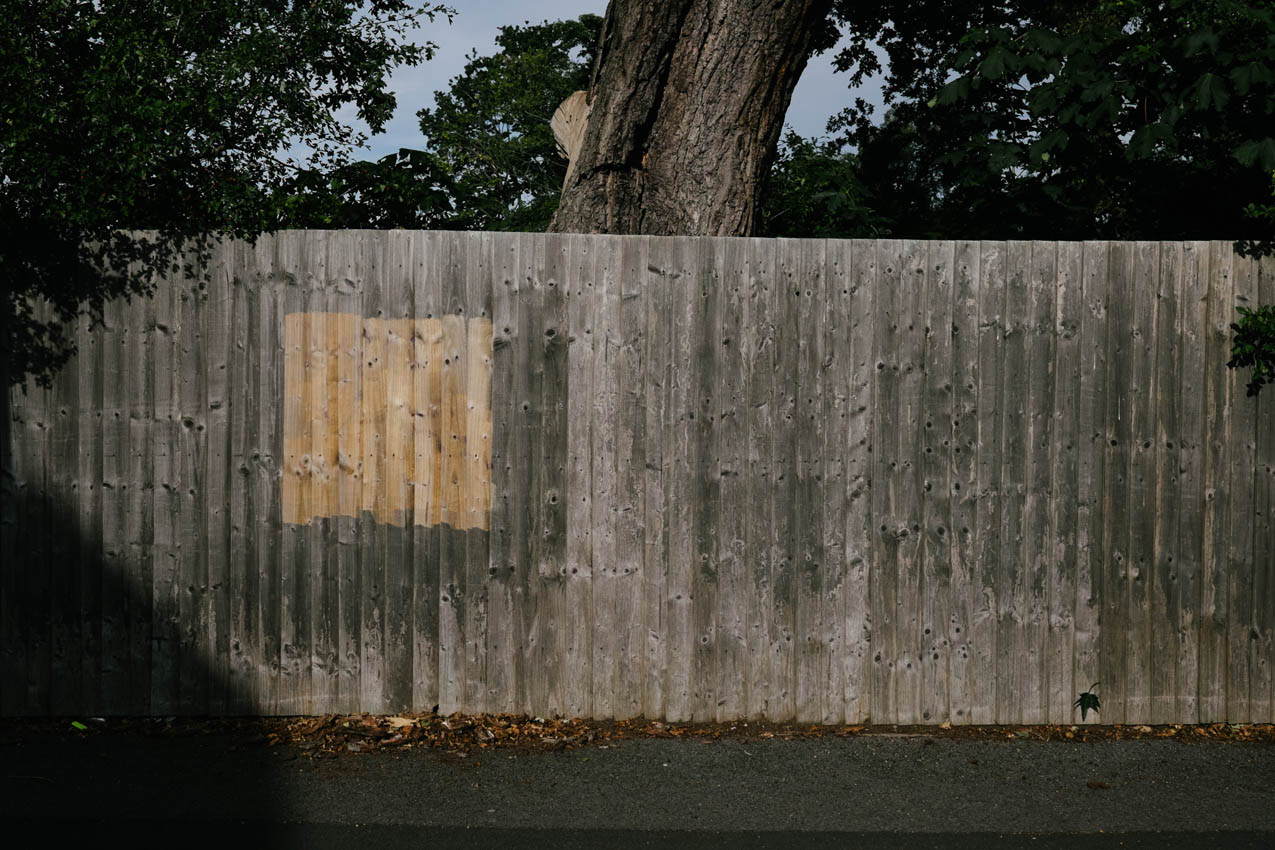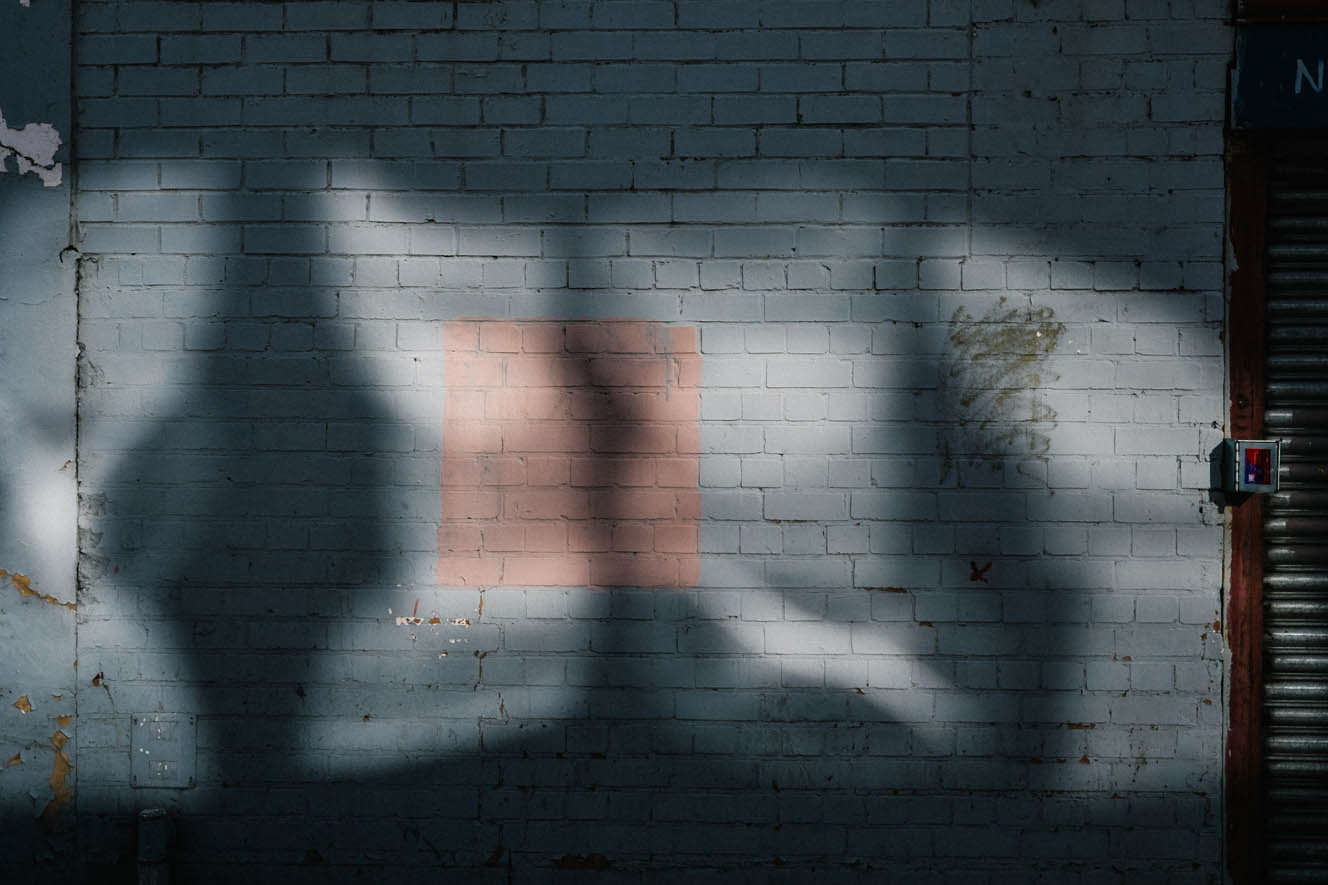There's an age old little cat and mouse game between the street scribblers and the authorities; the freedom of expression and the protection of property that is, for me at least, creating an oddly enjoyable side effect - painted squares everywhere.
In the late 1970s and early 1980s I remember the American cop shows and films such as Death Wish depicting New York as a dangerous, crime ridden, urban jungle. These dramas had the same recipe: darks, shadowy alleys for gangs to appear from and graffiti covered walls and subway trains. The graffiti craze, like most things, came to Britain not long after and the graffiti artist was reviled as the anti-social destroyer of our suburban areas. To be fair, much of it was an eyesore, but as we now know with artists such as Banksy, it has emerged as a respectable and lucrative art form. Areas such as East London, and Digbeth in Birmingham are actively encouraging the use of graffiti to uplift once industrial areas as they become known as the districts for the creative industries. Big, bold, high quality street art has broken in to the mainstream with many adverts and signage created by professional graffiti artists.
However, the link between graffiti, social order and urban decay is still very much considered a priority in crime prevention terms. Graffiti's connection to social order and urban decay was a factor in the 1980s with social scientists James Q. Wilson George L. Kelling 'Broken Window's' theory which relates petty crime and social disorder.If, as the theory goes, minor crimes and public damages are not treated as important as the major ones, then it gives a signal to the more criminally inclined that greater misdemeanours are possible. Although the theory was hotly contested, you'll still find random scrawls on buildings are quickly dealt with and painted over.
But it is impractical to paint the whole surface every time a piece of graffiti goes up, in variably it is just a square box to cover the shape in what ever remaining paint colour is available.
Like a fart in duvet ... you can push it down, but [the art] has come out some time.
Two pieces that I'm pleased to sayhave escaped the squares.
Till next time...
Matt Peers
















